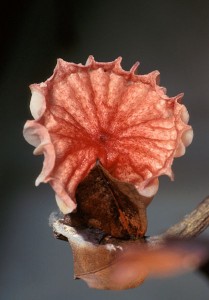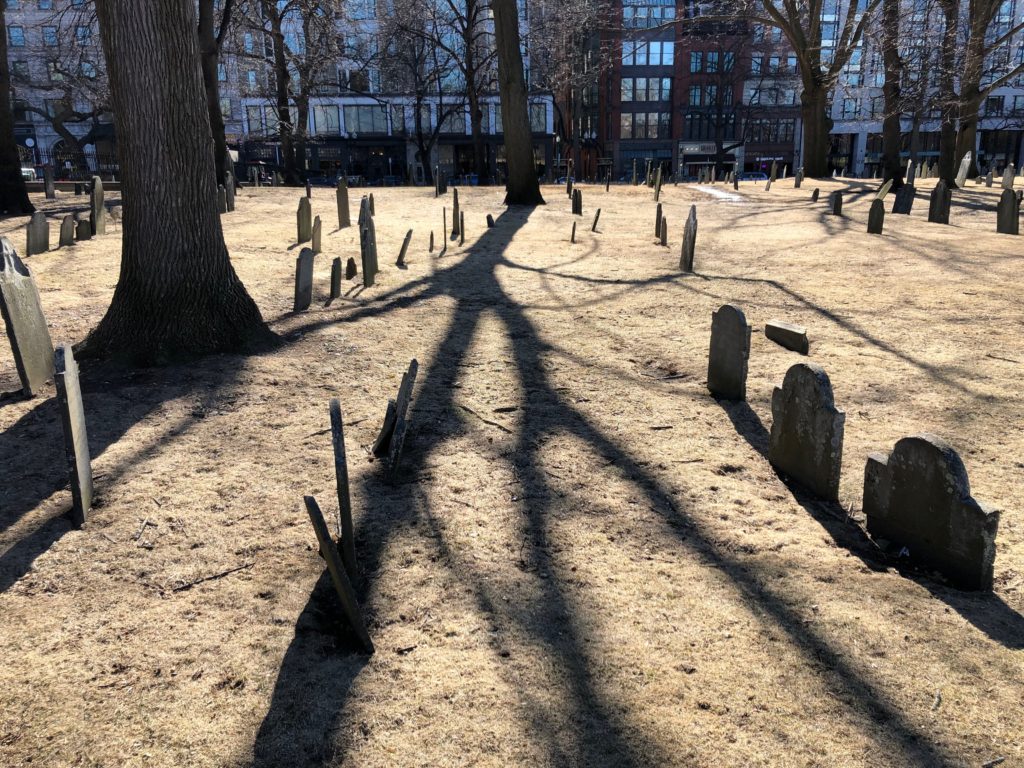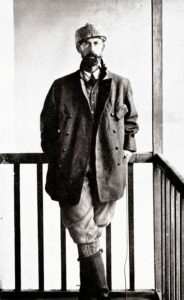Bioterrorism and Chocolate: an “Introduction to International Studies” lecture

Image Number K8626-1
“Spores released from the fan-shaped basidiocarp of this inch-wide Crinipellis perniciosa mushroom can infect cacao trees and drastically reduce yields of the beans from which cocoa and chocolate products are made.” Photo Scott Bauer. Obtained from Wikipedia Commons
I’ve written before on this blog about the strange case of bioterrorism and chocolate in Brazil, and an incredible documentary on this topic. But I’ve also written a lecture on this event for my “Introduction to International Studies” class, which anyone teaching a similar class (Introduction to Latin American Studies or Brazilian history, or perhaps a class on commodities) is free to use. In the lecture I’ve talked about my own experiences in the Amazon and Brazil, so you’ll have to make some edits. Or if you’d prefer to listen to this story, you can hear a version adapted from this lecture on my podcast Dispatch 7, global trends on all seven continents.
If anyone is interested in similar topics, you can also read my blog post about an alleged bioterrorism plan to target cocaine.
Bioterrorism and Chocolate
Terms:
Witches Broom
Theobroma cacao
Olmecs
Mayan
Aztecs
Bahia
CEPLAC: Brazilian government agency charged with promoting cacao
Jorge Amado
Wade Davis, One River
Fusarium Wilt: disease of bananas; also known as Panama disease
…
Bioterrorism and Chocolate: an “Introduction to International Studies” lectureRead More »







